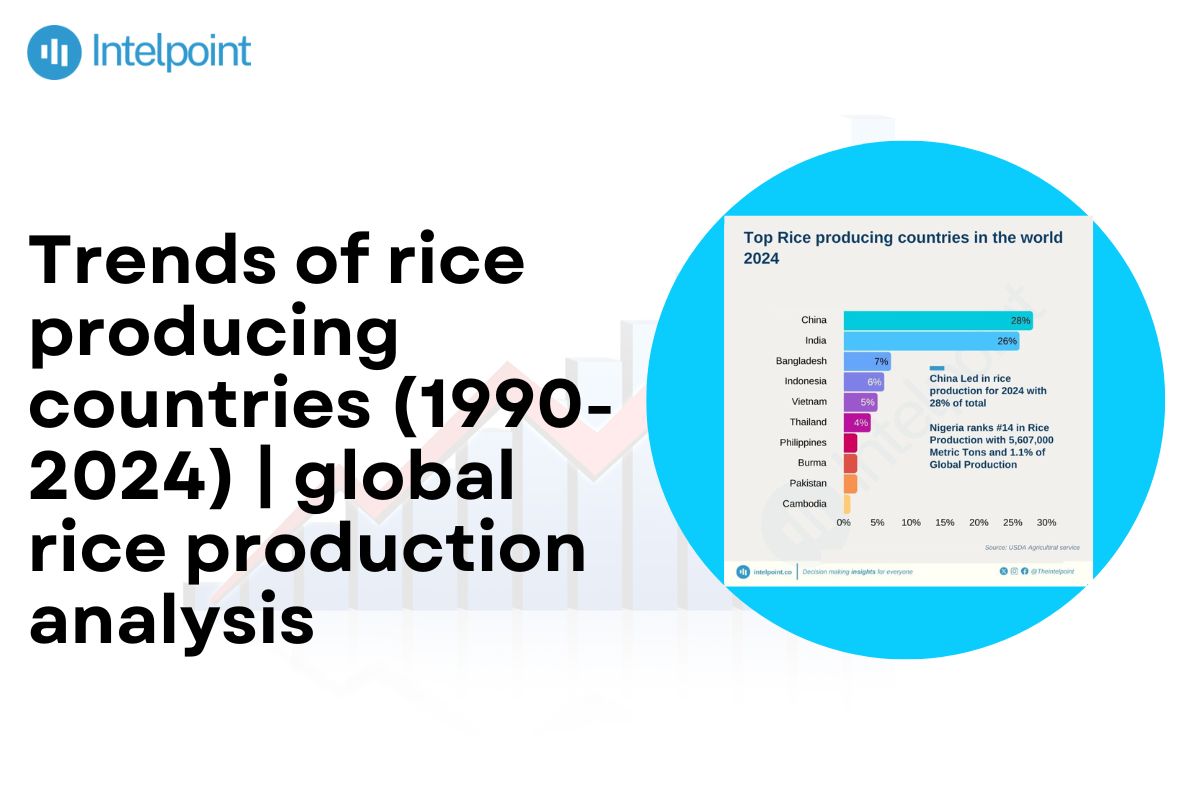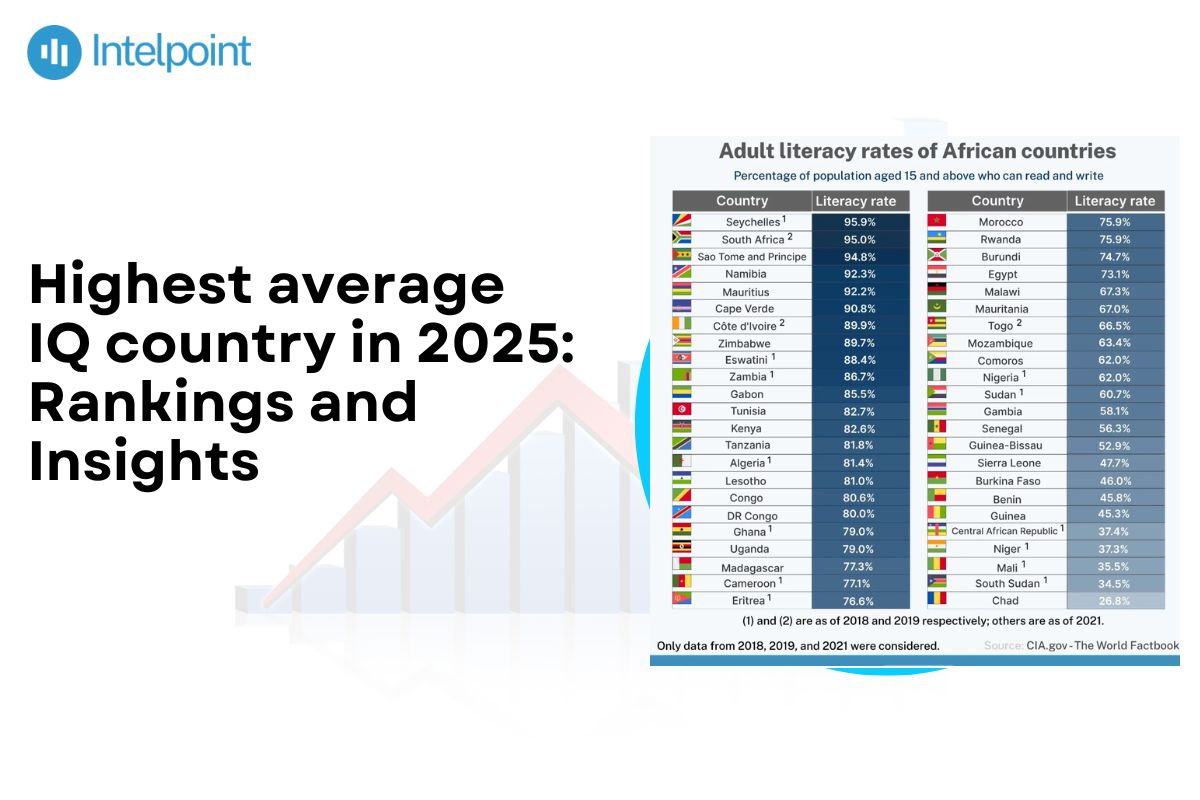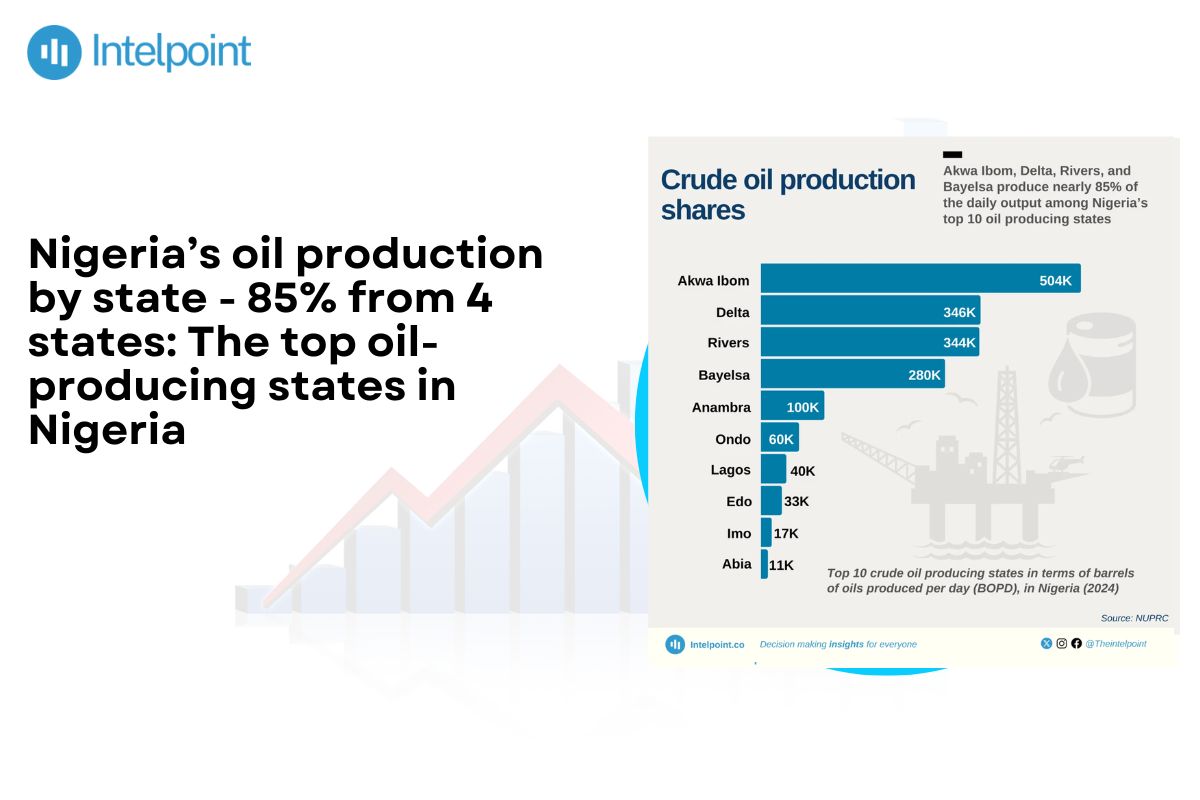
From 1990 to the present, rice remains one of the staple foods whose production has changed tremendously. Global milled rice production in 2022 reached about 513.5 million metric tons, with China leading with 208.49 million metric tons and India a close second with 137.83 million metric tons. This article explores changes in rice production from 1990 through 2024 and the most prominent countries in this highly essential industry.
Here’s a detailed table summarizing the trends of the happiest African countries from 2000-2024:
| Period | Rice Production by Country | Rice Consumption by Country | Key Trends |
| 1990-2000 | China, India, Indonesia, Bangladesh, Vietnam | China, India, Indonesia, Bangladesh, Vietnam | China and India dominated the world's production and consumption of rice. However, Southeast Asia, including Indonesia, Bangladesh, and Vietnam, contributed immensely to production and consumption. |
| 2001-2010 | China, India, Indonesia, Bangladesh, Vietnam | China, India, Indonesia, Bangladesh, Vietnam | China and India remained at the forefront; Indonesia and Bangladesh gradually improved their production and consumption. |
| 2011-2020 | China, India, Indonesia, Bangladesh, Vietnam | China, India, Indonesia, Bangladesh, Vietnam | China and India maintained their positions; Bangladesh's production and consumption grew, while Vietnam's remained stable. |
| 2021-2024 | China, India, Indonesia, Bangladesh, Vietnam | China, India, Indonesia, Bangladesh, Vietnam | China and India remained at the top of the charts, while Bangladesh's production and consumption are on the rise, Indonesia has declined, and Vietnam's has fallen back in production but sustained its consumption. |
Key takeaways
- 1990-2000: China and India produced more than 220 million metric tons jointly, and their contribution accounted for more than 50% of global rice output.
- 2001-2010: China and India collectively produced 240 million metric tons annually, with global output being 450 million metric tons on average.
- 2011-2020: China and India collectively produced 255 million metric tons annually, contributing towards a global average of 480 million metric tons.
- 2021-2024: China and India's collective output accounted for approximately 282 million metric tons in 2023/2024, with global output nearing 520 million.
Trends of rice producing countries from 1990-2024
1990-2000: Early stability
From 1990 to 2000, India and China dominated global rice production, producing more than 50% of the total. India made 130 million tons, and China produced 90 million tons.
Southeast Asian countries, such as Indonesia, Vietnam, and Bangladesh, produced 20-30 million metric tons of rice. The global output of rice averaged 400 million metric tons every year.
2001-2010: Technological advancements
In 2001-2010, 140 million metric tons were produced annually in China and 100 million metric tons annually in India. Indonesia's production rose from 51.9 million metric tons in 2000 to 59.3 million in 2010.
Vietnam's production rose from 32.5 million metric tons to 40 million metric tons, and Bangladesh's from 37.6 million metric tons to 50.1 million metric tons. The average annual global output was 450 million metric tons.
2011-2020: Growth with challenges
In 2011-2020, 150 million metric tons were produced in China and 105 million in India. On average, 34.4 million metric tons were produced annually in Indonesia, 35.5 million in Bangladesh, and 27.1 million in Vietnam. The average annual global output is 480 million metric tons. The international rice yield increased from 3.212 to 3.45 mt/ha, with a 1.97% yearly growth.
2021-2024: Ongoing growth amid climate concerns
From 2021 to 2024, China produced 144.62 million metric tons, and India produced 137.83 million in 2023/2024. Bangladesh produced around 56.8 million metric tons, Indonesia averaged 34.4 million metric tons, and Vietnam produced about 27.1 million metric tons annually. Global rice production reached approximately 520.4 million metric tons and is projected to reach 533.8 million by 2024/25.
Conclusion
from 1990 to 2024, India and China led global rice output, contributing more than 50% of the overall production. In 2023/2024, China had 144.62 million metric tons, and India had 137.83 million metric tons.
Other major producers were Indonesia, Vietnam, and Bangladesh. Global rice output was around 520.4 million metric tons in 2023/2024 and was expected to rise to 533.8 million in 2024/25.
FAQs
What is the trend in rice production?
Global rice production increased by 11.0 million tons in the 2024/25 market year compared to the previous year, reaching a record high of 533.7 million tons on a milled basis.
Which country produces the most rice in 2024?
China is the world's leading rice producer, followed by India and Indonesia.
What are the top 10 countries in africa that produce rice?
Nigeria, Egypt, Madagascar, Côte d'Ivoire, Guinea, Sierra Leone, Liberia, Burkina Faso, Mali, and Senegal are the top rice-producing countries in Africa.
Who is the largest exporter of rice in the world 2024?
India is the world's largest rice exporter, followed by Thailand and Vietnam.




